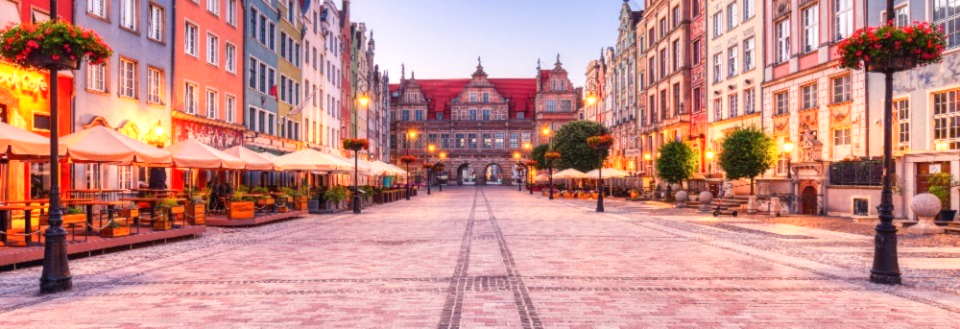The Dominican Republic can guarantee blistering heat all year around, and the hectic activity on the many beaches is symbolic of the fantastic conditions offered to divers, surfers and other water enthusiasts on the many miles of spectacular coastline.�
Republica Dominica
Santo Domingo
48.730 km2
Roman Catholicism
8.442.533
Representative democracy
The Dominican Republic takes up one half of the tropical island, Hispaniola, whilst Haiti takes up the other. It is a tropical Caribbean island with paradise-like beaches and turquoise water at the coast - whilst mountains, forest and valleys dominate the centre of the island. Animal inhabitants include reptiles, iguanas and crocodiles, and also many exotic birds.�
The tropical Caribbean enjoys bikini weather all year around, but from June to October it is the rainy season - which portends hurricanes ( though they do not usually occur).�
Lonely Planet Eastern Caribbean
Lonely Planet Dominican Republic & Haiti
Dominican peso, 1 peso = 100 centavos
There are Internet cafés in greater towns, such as Boca Chica, Cabarete, Puerto Planto and Santo Domingo.
To call for help in the Dominican Republic you must dial the following number:
Police, ambulance and Fire department (711)
10 percent will have been added to the bill in restaurants, but waiters will still expect a small tip if they have served you well.�
When it is 12 O'clock (noon) in Britain it is 5 AM in The Dominican Republic
In The Dominican Republic the following measurements are used:
Weight: kilo
Temperature: centigrade
Length: kilometres
Cubic content: litres
Officially the metric system is used in the country, but in the bigger cities the American measurements have gained footing and here you will find yards, pounds and gallons used as well.
It is custom that you ask before you take photographs of people. At some sights and attractions photographing is prohibited or you will be asked to pay an amount to photograph.
It is not advisable to drink tap water in The Dominican Republic. Bottled water can be bought and is available at most hotels�
110 V, AC 60 Hz
The inhabitants of The Dominican Republic live by the mañana-principal, this way you will avoid stress, unless you get stressed out by how slow things go.
Banks are open from 8 AM to 4 PM (Monday-Friday)
Shops are open from 8 AM to 12 and from 2 PM to & PM (Monday-Saturday).
The many kilometres of coastline provide plenty of fresh fish and delicious shellfish. Furthermore, they eat a lot of rice beans and yucca with chicken, goat or pork. There is an abundance of mango, papaya, passion fruit and citrus fruits. The local rum is of a good quality, and so is the local coffee.
There are few facilities for disabled travellers in this country, so it is important for wheelchair users to check with the hotels to ensure that the necessary assistance is available.�
New Year's Day, January 1st
Twelfth Night, January 6th
Our Lady from Altagracia, January 26th
Independence Day, Febuary 27th
May Day, May 1st
Restitution Day, August 16th
Constitution Day, November 6th
Christmas Day, December 25th
Relocatable holidays:
Good Friday, March or April
Easter Sunday, March or April
Corpus Christi
Our Lady from Las Mercedes
There are no camping sites on the island, and it is only possible to camp if you ask a farmer permission to camp in his fields. You can ask for permission to camp in the national parks, but you must have the park keeper's authorisation.
The hotels in the Dominican Republic are divided in the five-star category system to make it easier to know which hotels are suitable. There are more than 27.000 hotel rooms, still, it is advisable to book in advance, especially in the bigger cities and during the winter - when frozen tourists may well be dying for some heat...
�
There are a few guesthouses in The Dominican Republic. They are usually cheaper than the hotels. Bed and Breakfasts can be found in
Puerto Plata, Barahona, Costambar, Guayacanes Juan Doli and Las Terrenas- El Portillo.
There are domestic flights between the bigger cities more than once on a daily basis. Furthermore, there is a well-developed bus service in the country, and comfortable buses run between the bigger cities. It is also possible to rent a car, but you will have to be over 25 years old.�
Bávaro Sun Flights and Dorado Air are in charge of the domestic flights and there are regular flights between Santo Domingo, Santiago, Samaná, Punta Cana and Punta Plata.
The buses driving between the bigger cities are cheap and fast, and most of them have air-conditioning.�
There are no railroads in The Dominican Republic.
There are taxies in most cities, and it is advisable to check for a taximeter up front. If there are none it will be reasonable to settle on a price in advance. The so-called 'públicos' are collective taxis on specific routes that pick people up on their way.
There are several car-renting services in Santo Domingo, among others. The age limit is normally 25 years. It is advisable to stay clear of the services with very low prices as the car are not even worth the price.
Even though the coast seems never-ending and the beaches are many - walking around in your bathing suit in the cities is not welcome - not even in the towns next to the beach.�
